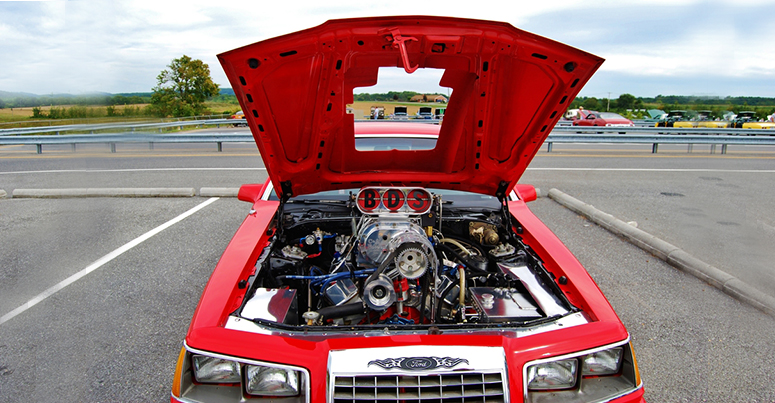To carry Roadrunner Performance Auto Products in your store, call (509) 262-9165
- About
- Distributors
- Products
- Hoses
- Stainless Steel Braided Hose
- Nylon Braided Liteweight Hose
- Push Lock Hose
- PTFE Hose

When working with race car plumbing, you need to ensure you have the proper type of hose for the plumbing you are working with. Gas, water, air, brake fluid and other fluids use hoses made of different materials due to the corrosive qualities of the fluids. The most important thing to remember is to specify what system you are working with when you order race car auto parts and hoses.
Make sure you don’t over tighten the fittings, especially aluminum fittings. The seat becomes distorted, which causes the hose to leak at the fitting. Furthermore, be sure that the hose fittings are clean before putting the hose together. A small grain of sand or dirt in the fitting could cause it to leak. Finally, clean the hose and fitting with solvent before you install it to make sure shavings and other debris are not present.
When installing the hoses, be sure to route them away from hot and moving parts such as exhaust manifolds, engine mounts and pulleys. Know the bend radius of the hose you are installing. If the hose is kinked, damaged or has too sharp of a bend for the type of hose you are using, you won’t get enough fluid or, in the case of vacuum hoses, vacuum. Dry sump oiling systems use vacuum hoses, and it’s pertinent that these hoses provide the full amount of vacuum required.
Even with braided covers, abrasion could damage a hose. If a hose routed in the proper place tends to fall or move, use adel clamps to keep it from moving around and rubbing on the frame rails and components.
When it’s time for new hoses or if you are building a new application, contact us at (509) 262-9165 or sales@roadrunnerperformance.com.